While most ants are helpful for the vegetable garden, it’s hard to find a reason to not want to control fire ants and get rid of them as these ants are very aggressive and will swarm anyone who disturbs them.
It can be a big, common nuisance to gardeners when they build their individual mounds in your garden since it’s very easy to step on them by accident and get painful bites from a whole Red Ant colony.
Even though their bite isn’t particularly dangerous, it is quite painful and can keep hurting for a few days.
- Related articles: Can Ants Kill Plants
Fire ants can sometimes be confused with other species of ants that aren’t as aggressive, so it’s important to learn to identify them.
How to Identify Fire Ants
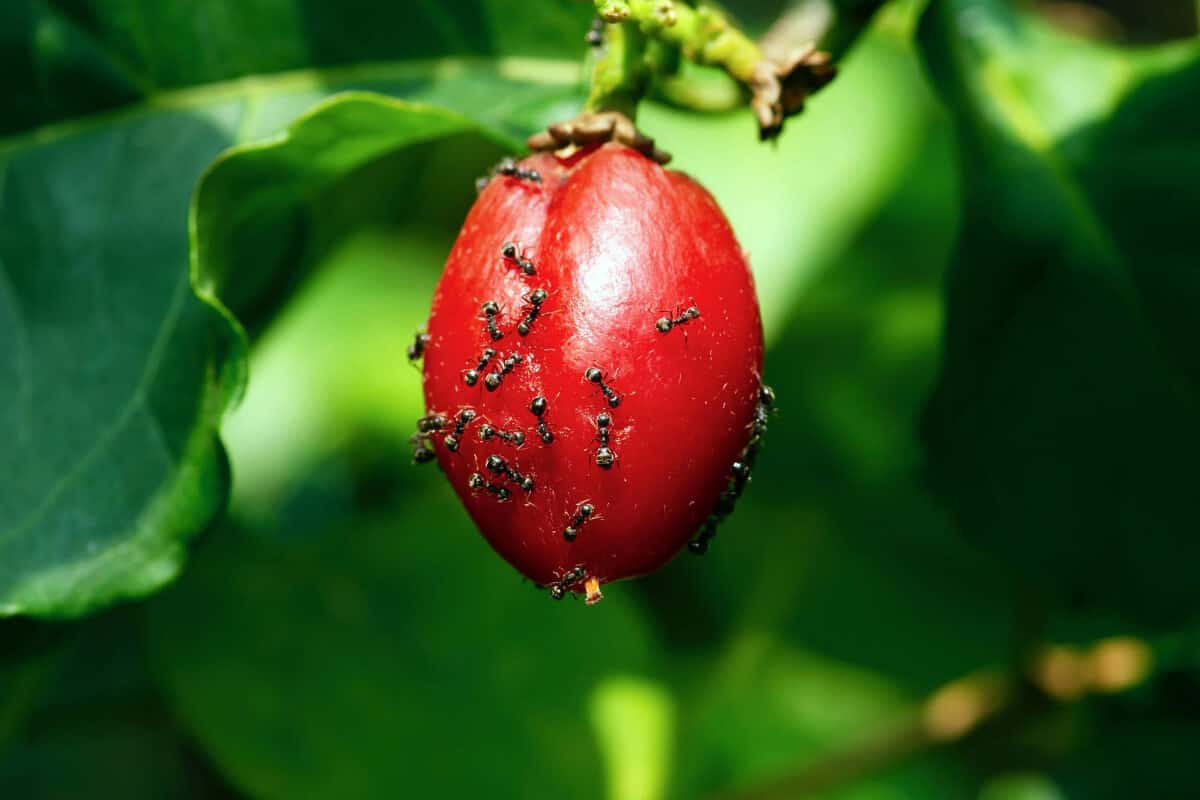
Red Imported Fire Ants or RIFAS hail from South America. They are the most common type of fire ants found in the United States.
These red ants are very aggressive. Once their source of food or mound is disturbed, the whole colony will start attacking and stinging the intruder.
Their stings leave you with a burning sensation, hence the name.
RIFAS are polymorphic. This means that their size varies depending on genetic variation. The usual reported size of these insects run from 3mm to 6mm.
To tell them apart from other ants, you can check their color. Fire ants have a reddish-brown color and a distinct dark abdomen.
Their mounds which are usually very visible, are dome-shaped with a width of about 10 – 24 inches and a height of 6 – 18 inches.
It’s common to see their nests in lawns, pastures, and fields, but they can also be beneath buildings, near trees, or in rotting logs.
In terms of activity, these ants move around in the early mornings or late afternoons when the temperature is not that hot. Once the temperature rises, they retreat inside their mounds.
Get Rid of Fire Ants with Natural Methods
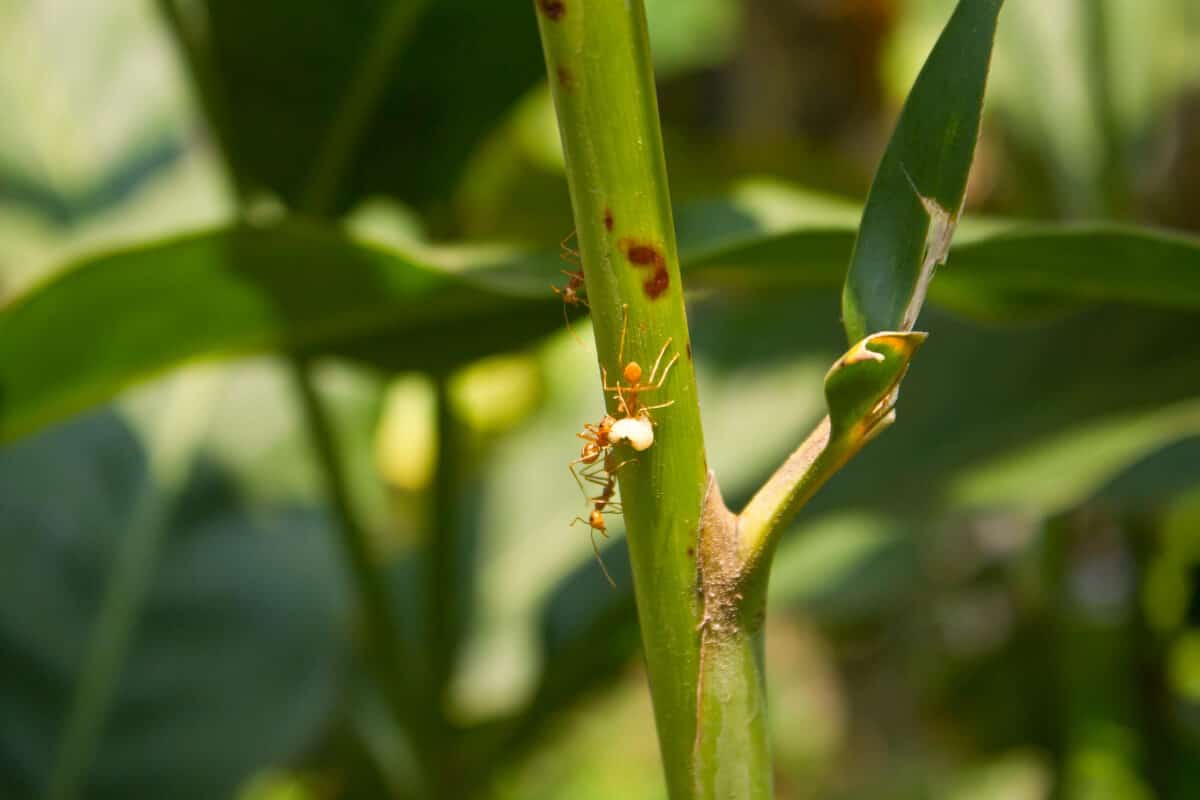
There are many natural methods to take care of fire ants without using products that might be dangerous for you and the environment.
However, some of these natural ways to control fire ants do not present as an effective option for adult ants, which leads to using insecticidal ingredients as last resort.
The following are the most common and efficient ones:
1. Boiling Water
Pouring boiling-hot water directly on the Fire Ant mound is probably the oldest and safest method to get rid of them. It’s also free and completely organic, but it might not be the most efficient.
To succeed in this method, you will need to time the process accurately. Keep in mind that they are most likely inside their nest during hot temperatures.
You can then pour 2 – 3 gallons of boiling hot water into their nest during that time. By timing this, you will most likely be able to kill most of them.
Consider that fire ant nests can be very deep, and for single-queen colonies, the queen resides in the deepest part. The process should then be repeated more than once for a higher chance of success.
2. Diatomaceous Earth (DE)
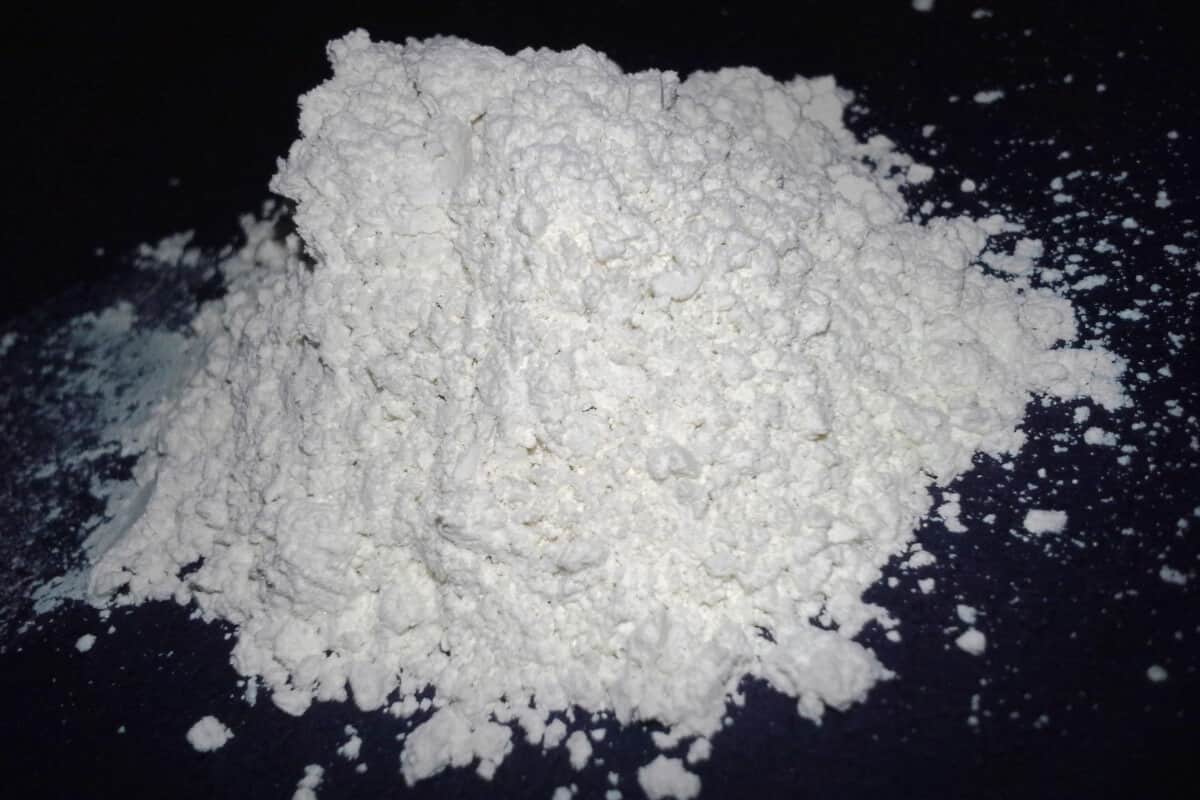
Diatomaceous Earth (DE) is a white powder obtained from pulverized fossils. These tiny particles are fire ants’ natural enemies, as it have sharp edges that can pierce the ants’ exoskeletons, causing them to die of dehydration.
Fortunately, DE doesn’t hurt bigger animals and isn’t dangerous to humans. DE should be applied directly on the mound as well as inside it, if possible.
Be aware that this powder doesn’t work if the ground is wet, so the treatment should be repeated after rainfall.
3. Soapy Water
Cleaning products, such as soap, kill ants with a similar mechanism to DE—by harming their exoskeletons and causing them to dehydrate.
In particular, soap dissolves the wax that coats the exterior of their bodies. Many advise using liquid dish soap mixed with Castile soap and oil.
This isn’t all that natural though, as dish soap, in particular, contains many additives that are harmful to plants and other animals, so it’s best to keep this solution as a last resort.
4. Natural Ant Baits
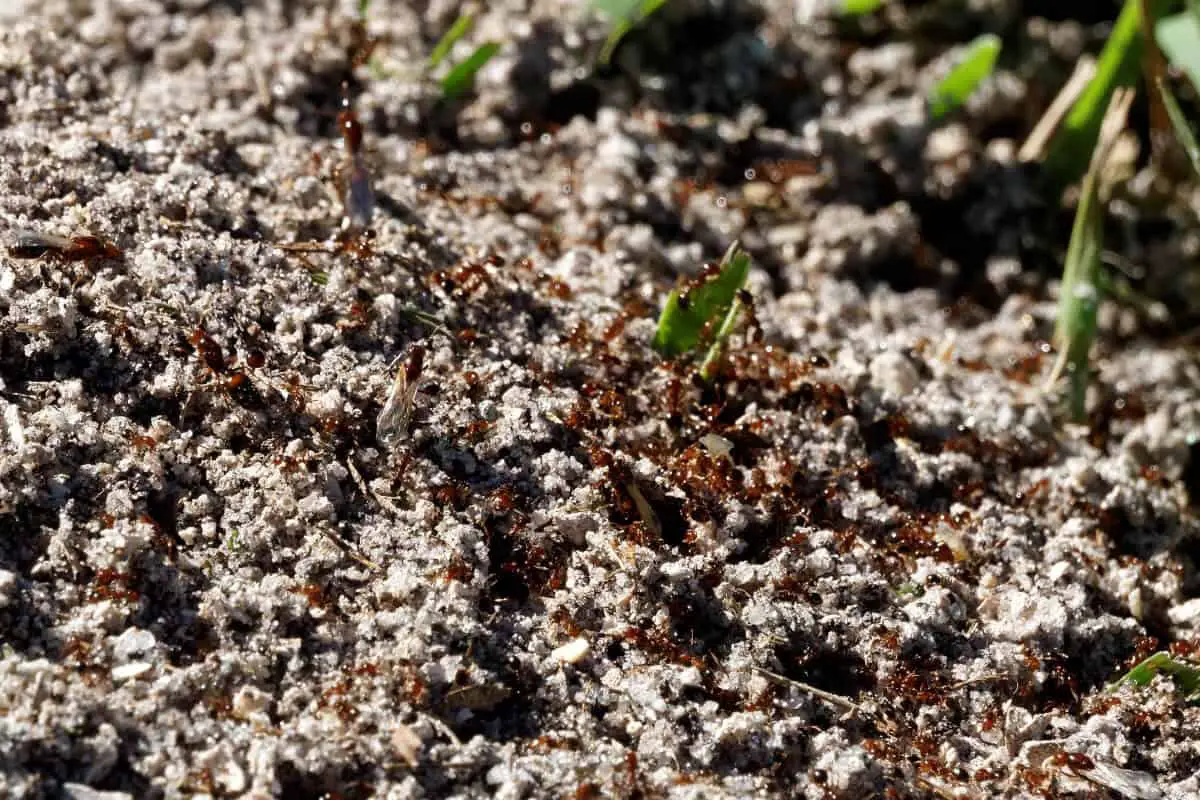
Ants can be easily baited with any sweet substance, such as sugar and honey. By mixing these with ant poison, you can be sure that ants won’t be able to detect it.
The most common method that is used by many is by mixing sweets with borax. Once the ants have detected it, they will bring some to their queen. Killing the queen will then end the whole colony as well.
Another cheap solution is to use baking soda as artificial sweeteners are also said to kill ants by hyperstimulating them and damaging their brain cells.
The baits should be placed near the entrances to the ants’ nest or near the ants’ feeding areas.
Get Rid of Fire Ants with Pesticides
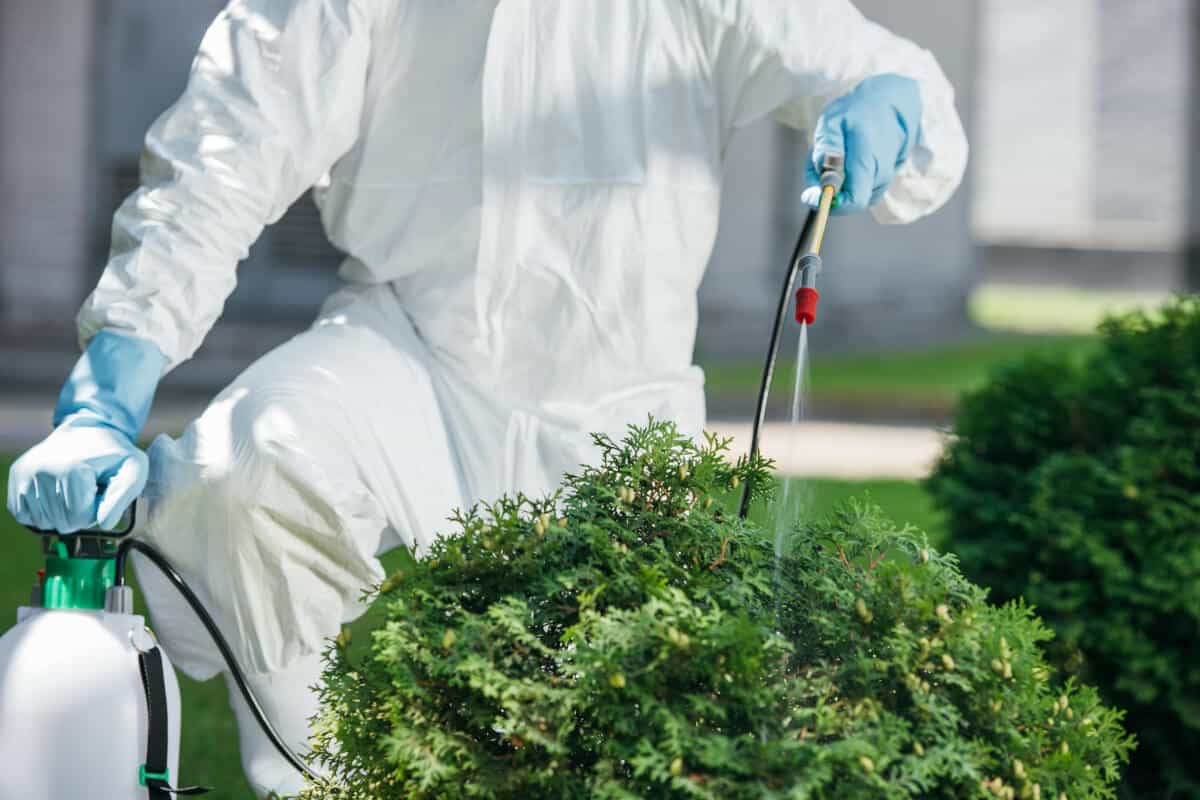
Just a note of caution. Before using this method, try the natural ones such as diatomaceous earth, first. This is because pesticides usually do more harm than good though they are the quickest solution.
Also, ants are part of the ecosystem so we advise it that as long as the ant population in your home is not a nuisance or too alarming, think twice before using pesticides.
If you have already tried all other solutions and fire ants are still causing you endless trouble, you might want to consider the following methods:
1. Ant Baits
Ant baits using pesticides work just like the natural ones. They are a mixture of a poisonous substance with a compound that attracts great numbers of ants, usually soybean oil. The main difference is that professional products are designed specially to target fire ants.
The active ingredients that are most commonly used are hydramethylnon, indoxacarb, and spinosad.
This method is very effective in wiping out most of the colony, but it could take some time for them to die as they might not consume the bait all at once.
Fire Ant baits should be applied during dry weather on dry ground, preferably in the late afternoon. After spreading ant bait, pets and children should be kept away for 24 hours or more.
2. Drench Per Mound
As well as applying ant bait, you could target the mounds individually using the specific insecticides developed for fire ants.
These can be liquid or granular bait products, and they work by killing the ants on contact. They also leave residues that will kill ants that might not have been inside the nest at the time of application.
Liquid botanical insecticides should be poured directly inside the nest after poking a hole through it. The product should then be sprayed all around the mound.
Granular insecticides should be sprinkled on and around the mound to cover a diameter of about three feet in all directions. After application, wet the mound to allow the product to soak into the ground.
These are only general guidelines and you should always read instructions on ant bait product labels carefully before using them around food plants.
These product labels will also specify how long children and pets should be kept away.
Finally, always use face and body protection when applying to avoid chemicals from coming into contact with your skin.
3. Broadcast Bait Treatment
Another method to take care of fire ants without having to get too close to their nests is to spread a broadcast insecticide all over the area that has been infested.
This should be kept as a last resort though, as it requires a large amount of insecticide, meaning a bigger environmental impact.
Broadcast insecticides usually come in granules, which will often lose potency if exposed to light for too long.
Prevent Fire Ants in the Vegetable Garden
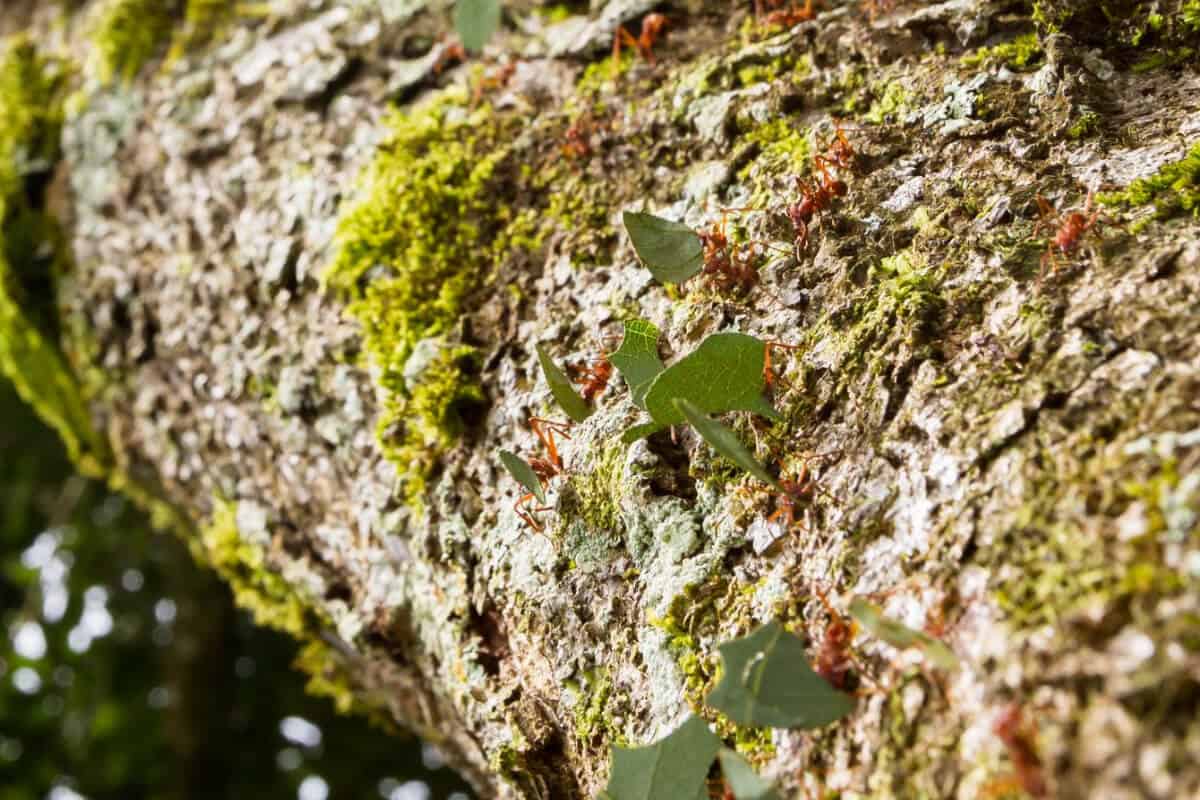
The best way to protect yourself from Fire Ants is prevention. If you act early enough, you can avoid them ever making damages to your garden or your home.
1. Avoid Having Large, Open Spaces
Ants thrive in open, sunny areas, and they need a source of water to survive. If you have the possibility to do so, it’s best to break up your garden area with landscape features so that there are no large open areas.
Creating shade is also a good idea, maybe by planting small trees or shrubs.
2. Eliminate Sources of Water
While it’s often necessary to water a vegetable garden, excess water should be avoided as it will surely attract ants and other insects.
A good practice is to let the soil dry in-between waterings and to fix any areas of the garden where water might accumulate.
3. Clean Up
Red ants sometimes use rotten logs or tree stumps to nest. Removing these from your garden could further discourage them from colonizing it.
Finally, having a well-maintained, thick mat of grass in all non-cultivated areas will make it more difficult for Red ants to dig their nests.
4. Repel Fire Ants
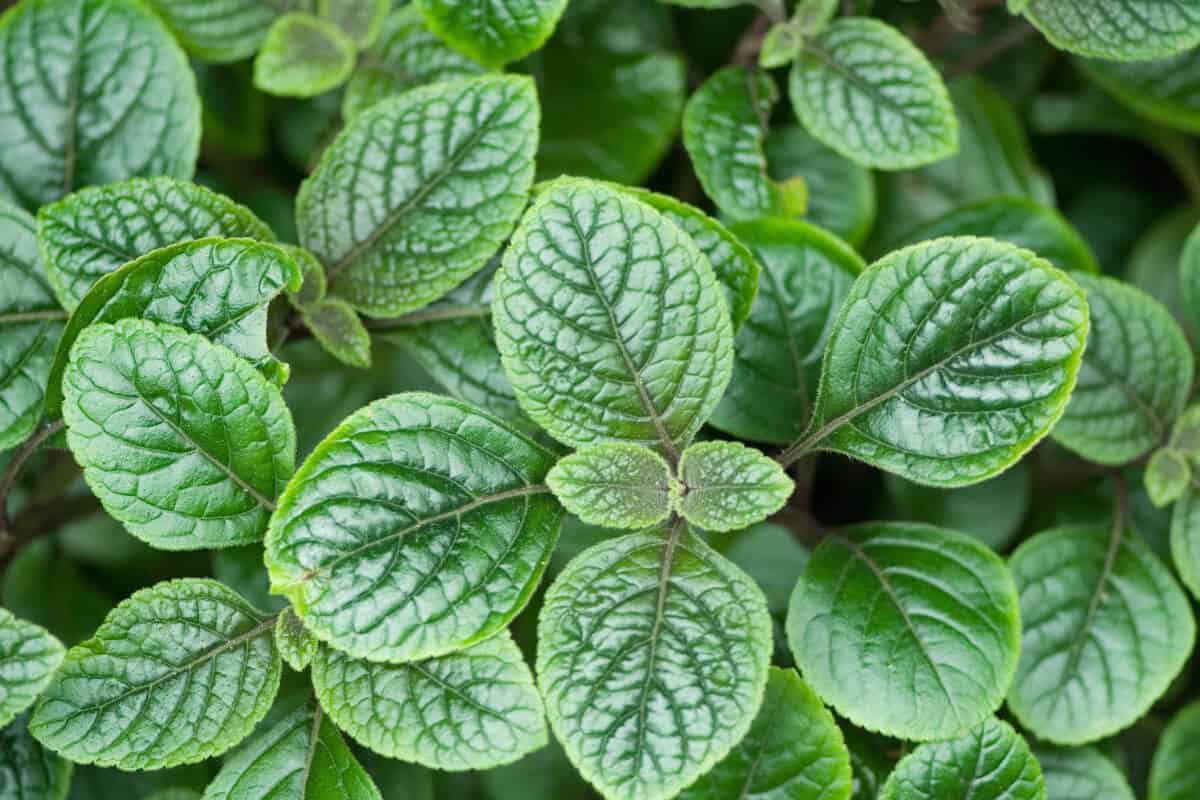
Fire ants are disturbed by many strong smells that we humans find pleasing. You can use this to your advantage by planting herbs they dislike.
For herbs, your options are:
- Mint
- Sage
- Rosemary
- Lavender
- Catnip
For spices and essential oils, you can try the following:
- Cinnamon Powder
- Cayenne Pepper
- Eucalyptus
5. Broadcast Fire Ant Bait
Spreading Fire Ant bait around the garden a couple of times a year will prevent them from ever moving in.
Keep in mind though, that even the natural and safe ant control home-made baits contains chemicals that aren’t only toxic to ants and should be used in moderation.
For the health of your vegetable garden, it’s much better to create an environment less appealing to fire ants and repel them with plants or other essences they dislike.
Final Thoughts on Fire Ants in Vegetable Gardens
Fire ants in the garden can be a frustrating and potentially harmful problem for gardeners.
However, there are several effective ant control methods that target their population without resorting to harmful chemicals.
By maintaining a clean space in your home, you can take a more preventive approach to lessen the presence of fire ants. You can do this by cleaning up dead leaves and making sure that ants don’t have any food source nearby.
Remember that we only recommend you to resort to pesticides when the situation is grave and calls for it.
With this knowledge on how to control fire ants, you can enjoy a beautiful and thriving garden, free from the problems associated with invasive species that are fire ants!
Take a look at these articles to know more about fire ants:
- Ants in Soil of Potted Plants
- How to Get Rid of Tiny Red Ants in the Garden
- Kill Ants in Vegetable Garden
- Ants on My Pepper Plants
- Ants on Strawberry Plants
Sources:
- https://csef.usc.edu/History/2008/Projects/J1825.pdf
- http://npic.orst.edu/pest/fireant.html
- https://www.cdc.gov/niosh/topics/insects/fireants.html
- https://www.aphis.usda.gov/aphis/resources/pests-diseases/hungry-pests/the-threat/imported-fire-ant/imported-fire-ant
- https://www.maine.gov/dacf/php/gotpests/bugs/factsheets/fire-ants-me.pdf

